We don’t just offer the classic trekking routes; you will have a comprehensive range of Himalayan Odyssey holidays and journey that takes you around the world, offering you off the beaten track adventure vacation experiences, trips that discover forgotten pathways, and tours that visit vibrant landscapes of snow capped mountains, mesmerizing flora and fauna, Buddhist monasteries, festivals and stunning cultural sights.
This adventure and cultural touring journey will take you to Darjeeling, Sikkim and the ‘Dragon Kingdom’ of Bhutan that will appeal to the Himalayan enthusiast keen to appreciate the culture and history of the East Himalayan Kingdoms. During the tour you will explore the renowned hill station of Darjeeling and gain memorable views of Kanchenjunga – the third highest mountain in the world. In Sikkim you will visit the Rumtek Monastery in Gangtok, and Kalimpong, where trade thrived between British India and Tibet until the early 1900’s.
You will explore your journey across the border to Bhutan – Land of Gross National Happiness. A country that has remained in isolation for centuries has today become one of the world’s most enchanting travel destinations. Bhutan is the dreamland for every traveler who has heard of it and who dreams of making the holiday of a lifetime. This little known Buddhist country is bountiful in amazing beauties and secret treasures, those that a visitor can never finish discovering. From mighty peaks to mysterious villages, from spectacular festivals to extraordinary architecture, from charming people to characteristic culture, Bhutan has it all. Here, you will visit the famous Taktsang Monastery and make the short drive to the capital of Thimphu, where you will have ample opportunity to wander the bazaars before crossing the Dochu La to Wangduephodrang and the remarkable Punakha Dzong. And you can choose to hike to the world-famous “Tiger’s Nest” on the face of a sheer cliff above the Paro Valley and many more wonderful places.

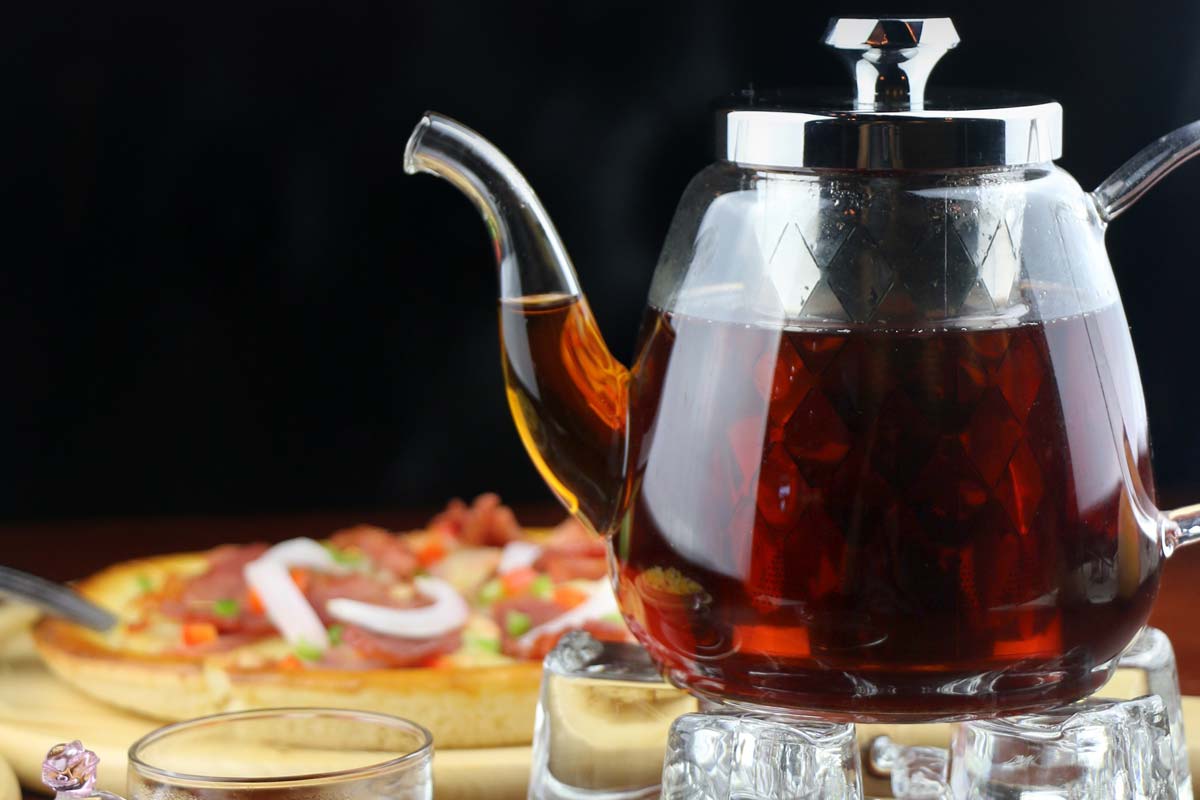
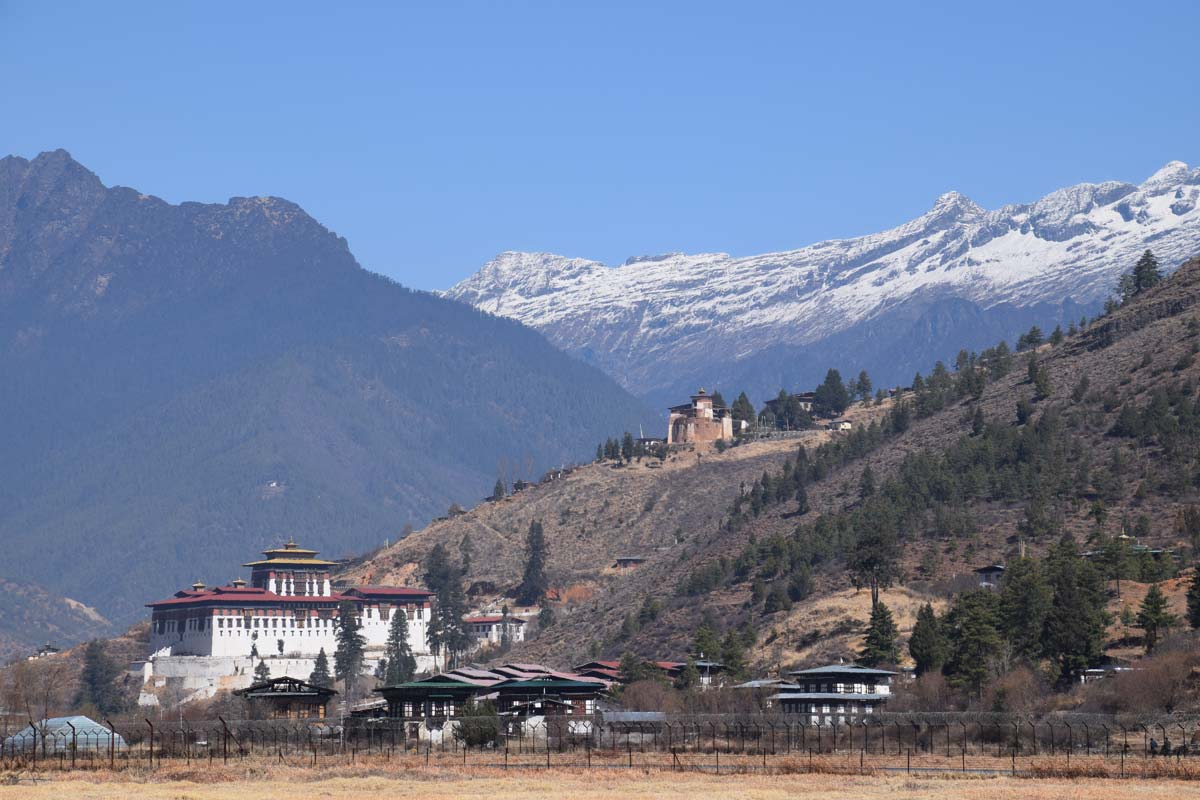


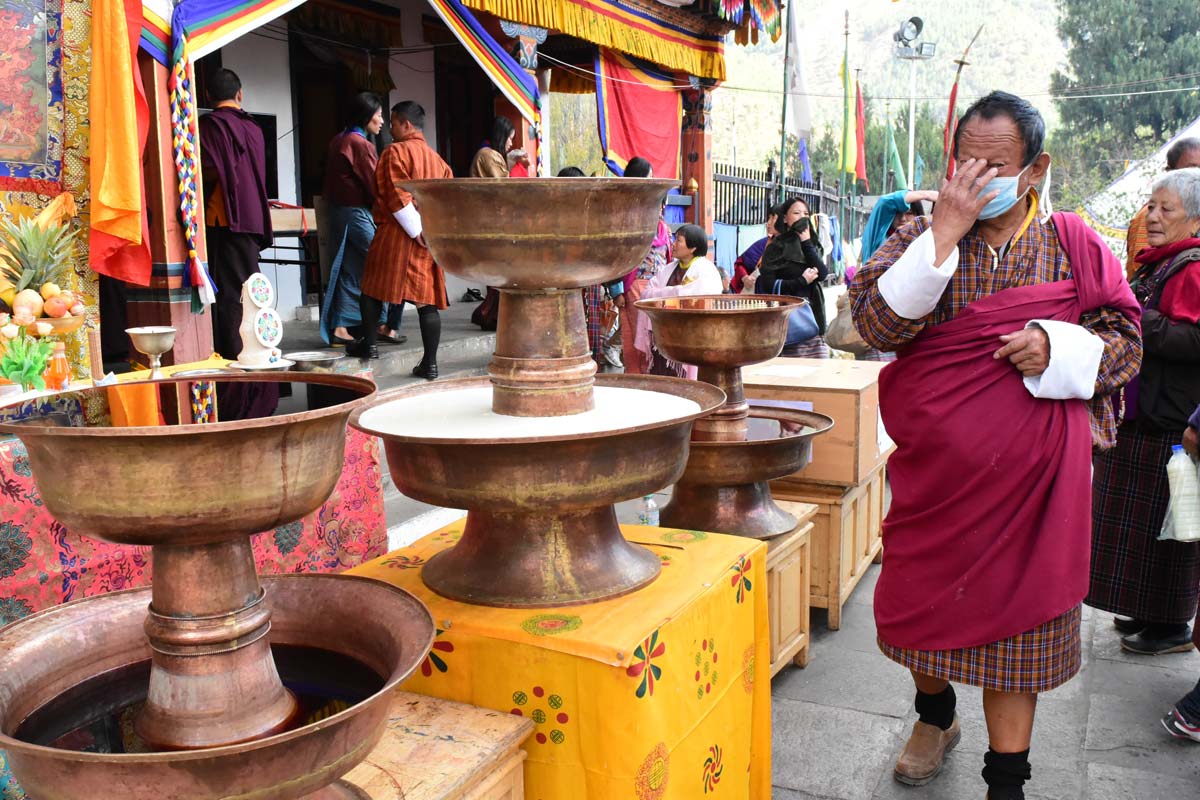




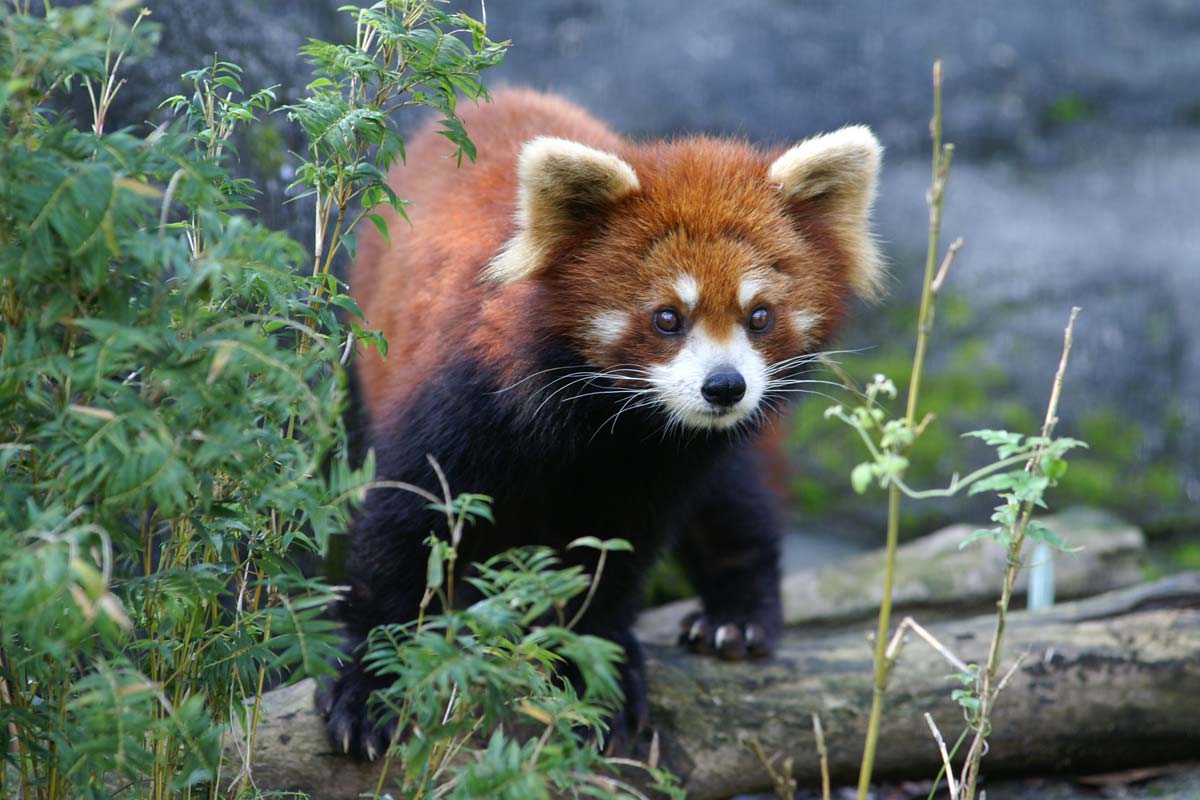
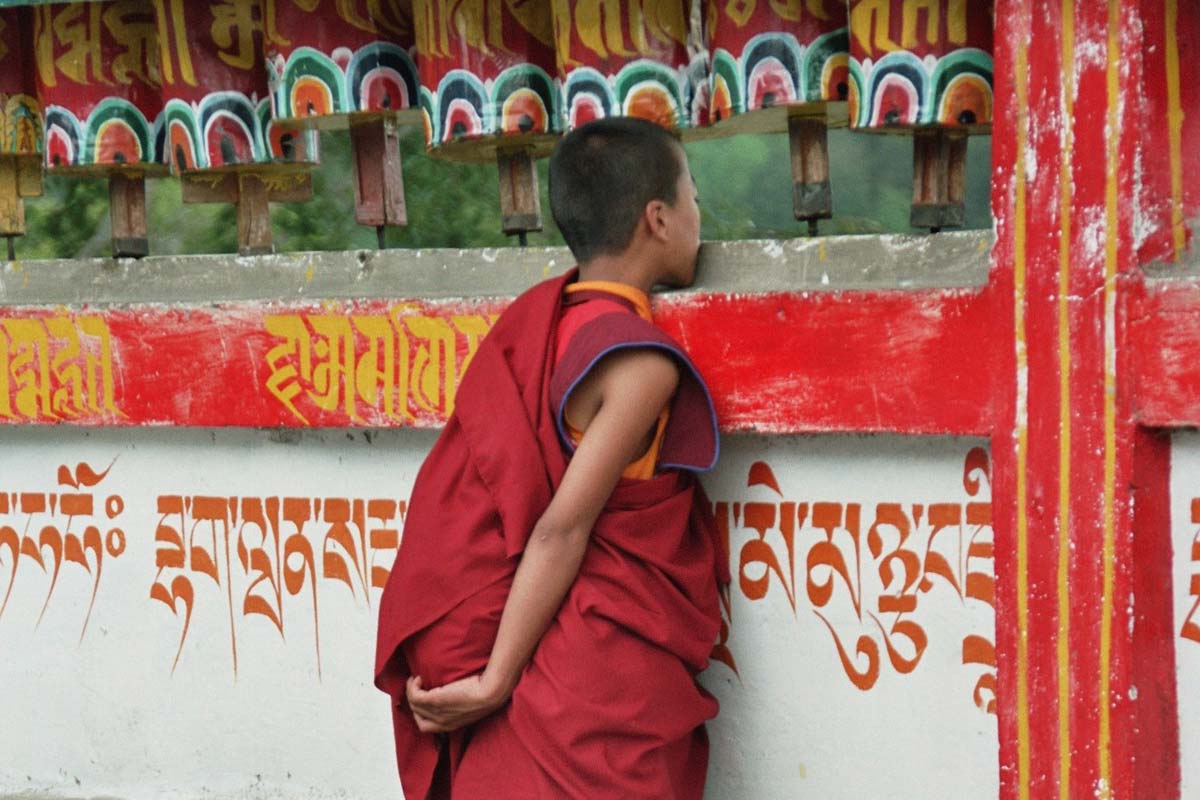

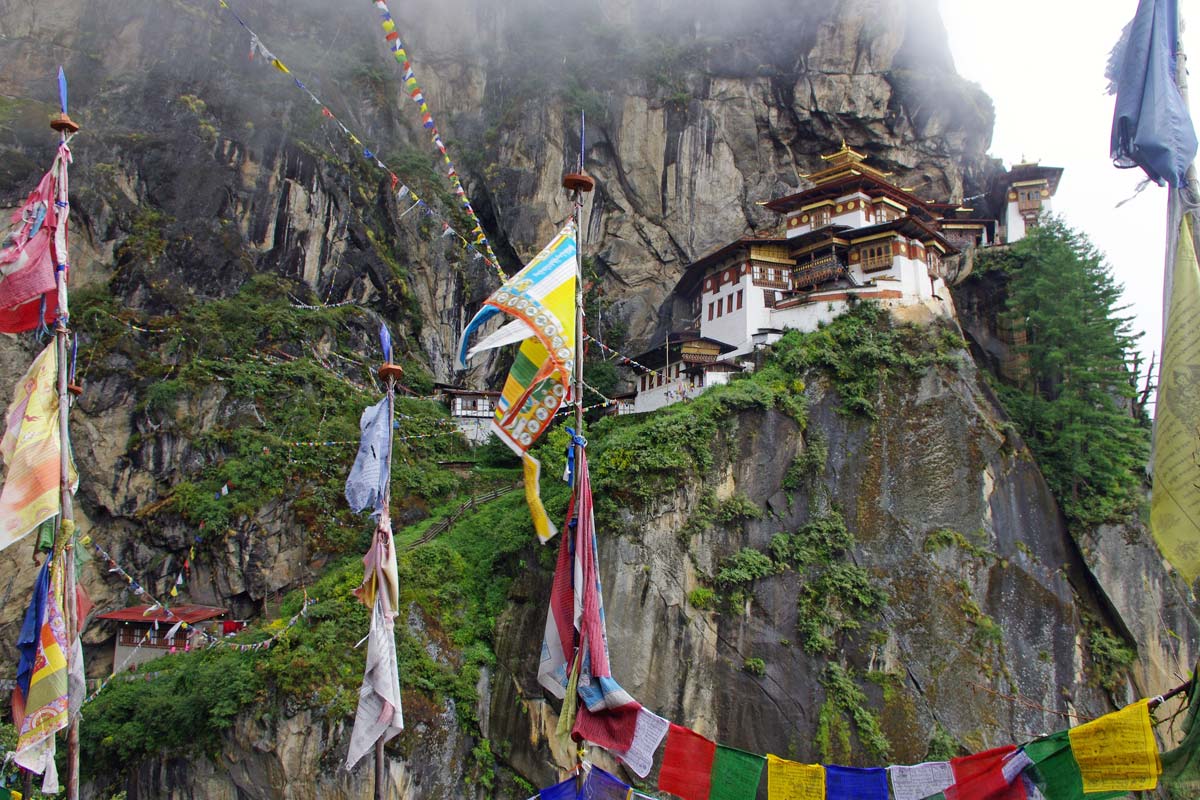
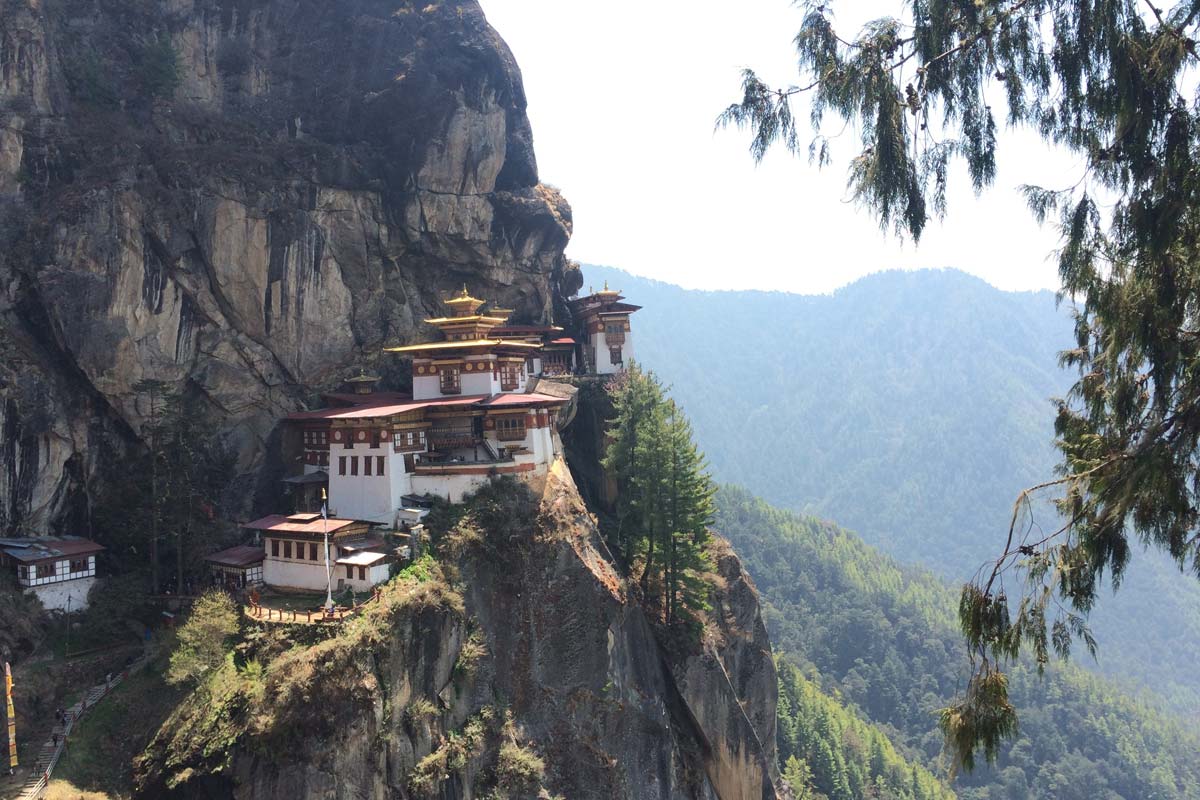
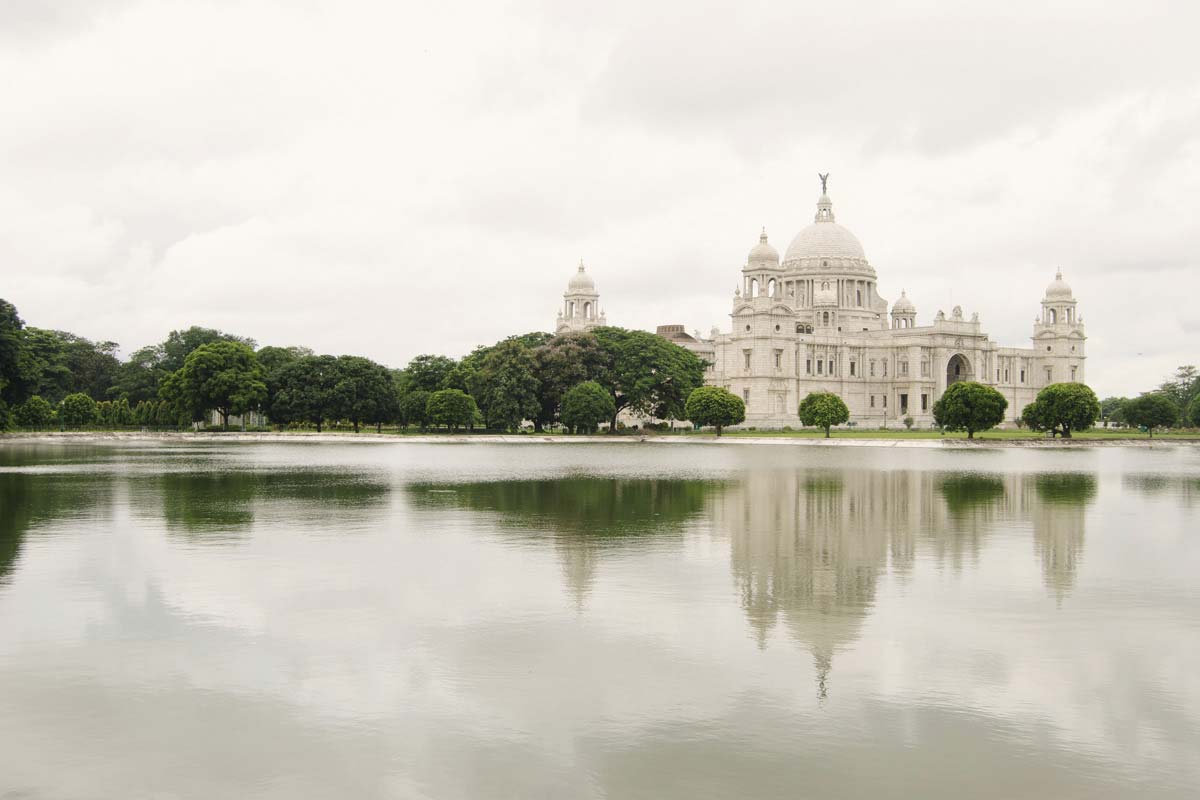

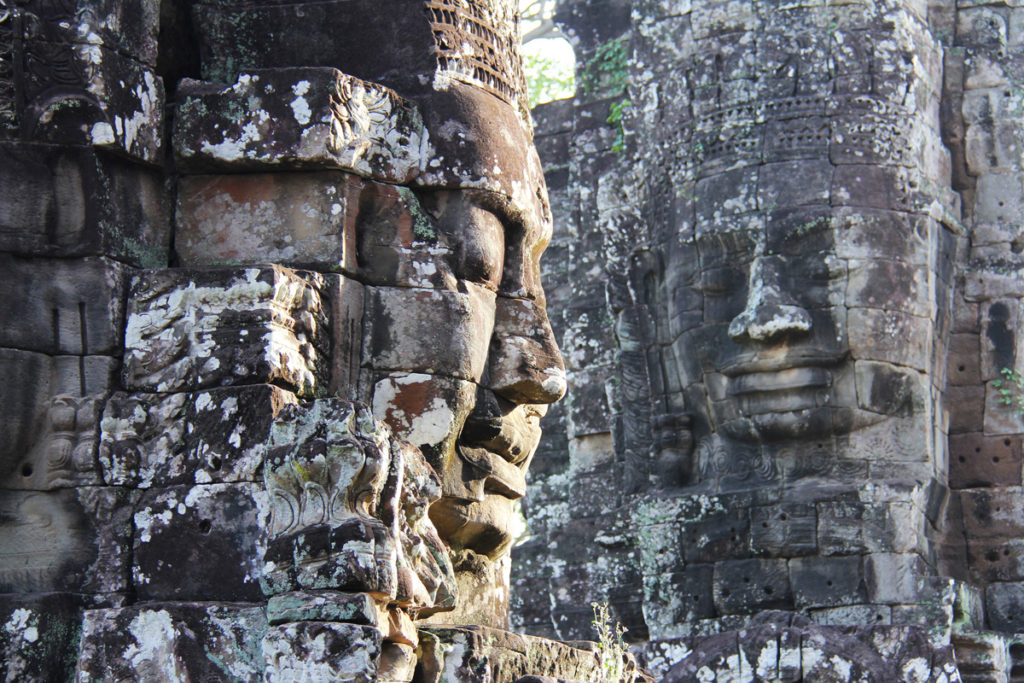
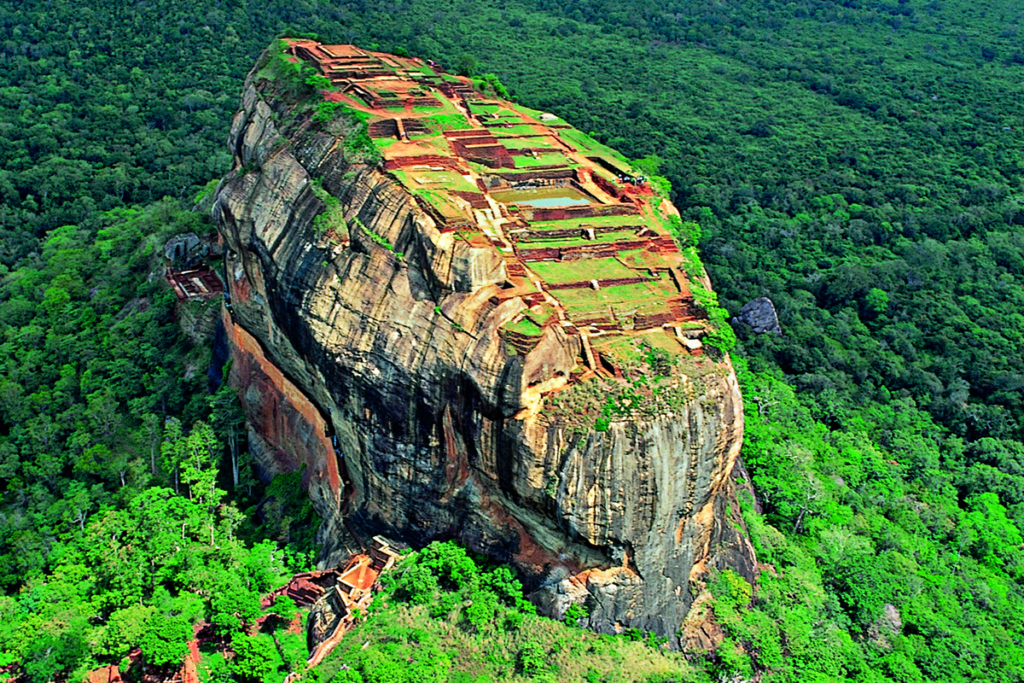
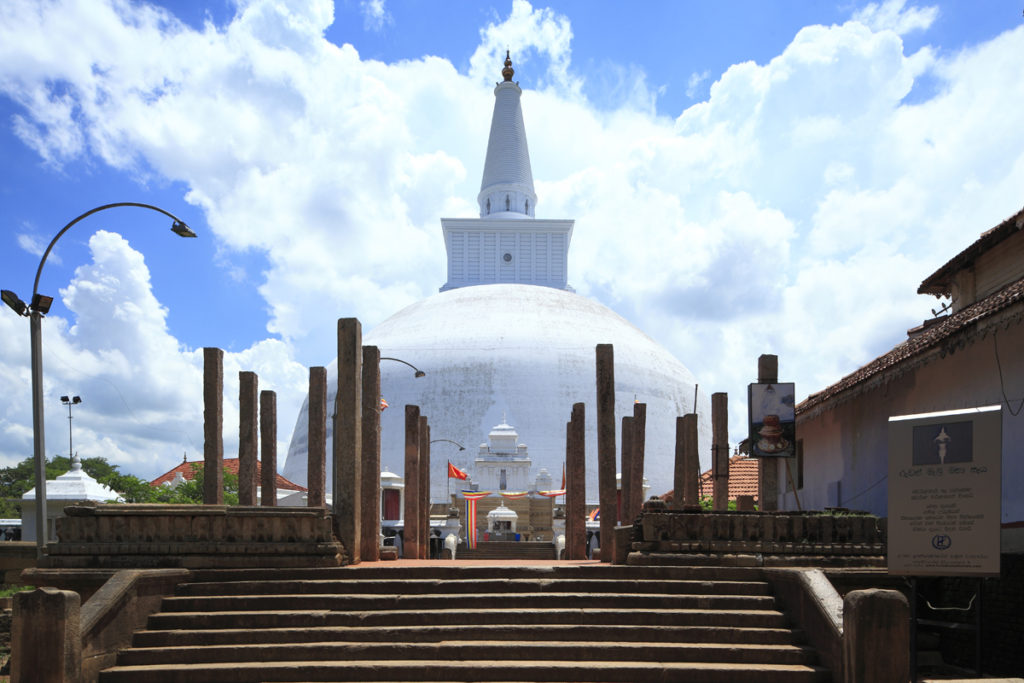
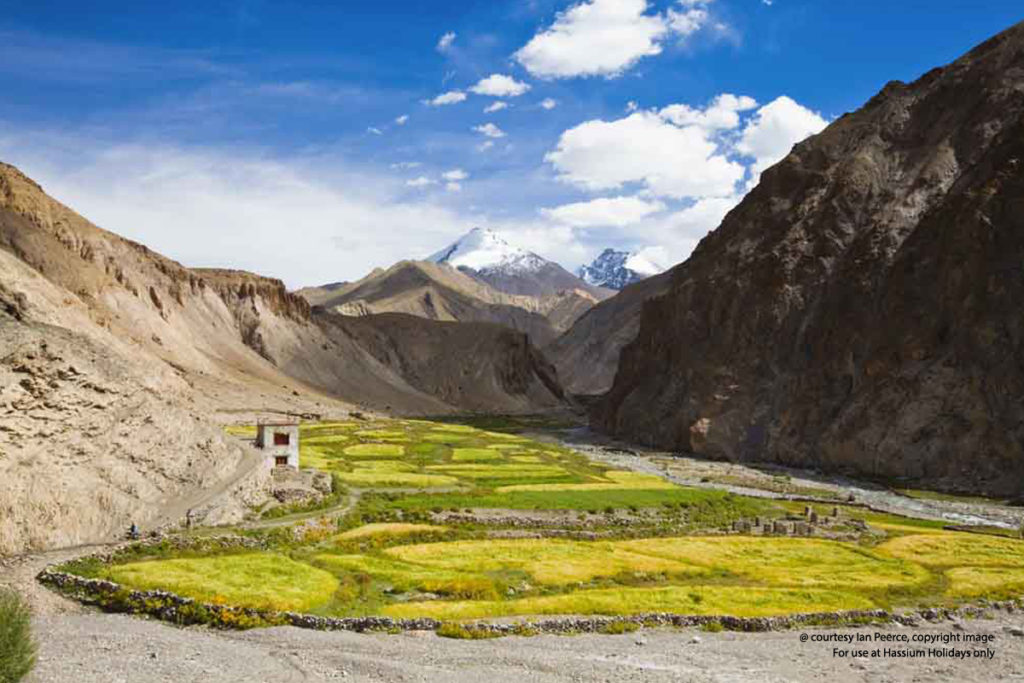

 Many of the flights and flight-inclusive holidays on this website are financially protected by the ATOL scheme. But ATOL protection does not apply to all holiday and travel services listed on this website. Please ask us to confirm what protection may apply to your booking. If you do not receive an ATOL Certificate then the booking will not be ATOL protected. If you do receive an ATOL Certificate but all the parts of your trip are not listed on it, those parts will not be ATOL protected. Please see our booking conditions for information, or for more information about financial protection and the ATOL Certificate go to
Many of the flights and flight-inclusive holidays on this website are financially protected by the ATOL scheme. But ATOL protection does not apply to all holiday and travel services listed on this website. Please ask us to confirm what protection may apply to your booking. If you do not receive an ATOL Certificate then the booking will not be ATOL protected. If you do receive an ATOL Certificate but all the parts of your trip are not listed on it, those parts will not be ATOL protected. Please see our booking conditions for information, or for more information about financial protection and the ATOL Certificate go to